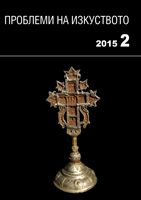
We kindly inform you that, as long as the subject affiliation of our 300.000+ articles is in progress, you might get unsufficient or no results on your third level or second level search. In this case, please broaden your search criteria.

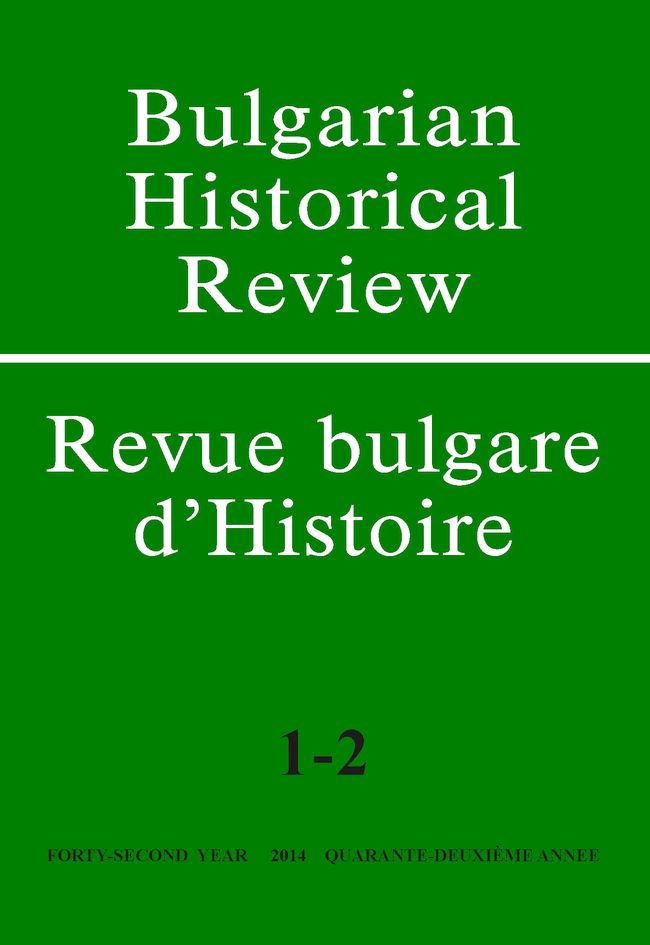
Euzebijo Fermendžin was born in Vinga, the Banat region (Romania) and was a descendant of catholicized Bulgarian Paulicians from Nikopol, who had left their homes at the beginning of the 18th century but haven’t lost their Bulgarian national consciousness. Fermendzhin was better known in Rome and the Vatican, in Vienna and Hungary, in Croatia, than he was in our lands, but spiritually, emotionally and creatively, he was also related to Bulgaria. He reached the highest positions in the Franciscan Order, he was a professor at Catholic schools and academies; a corresponding member of the South Slavic Academy of Sciences in Zagreb; for some time he was the head of the well-known multivolume edition of Luke Vading ”Annales Minorum”, in which were published documents and studies on the history of the Franciscan Order all over the world and others. Collector and compiler of ”Acta Bulgaria ecclesiastica ...”, a large volume of documents on Bulgarian church history from 1565 to 1799, published in Zagreb in 1887, and also the collections ”Acta Bosnae potissimum ecclesiastca ...”, of ”Acta Croatiae ...” and others.
More...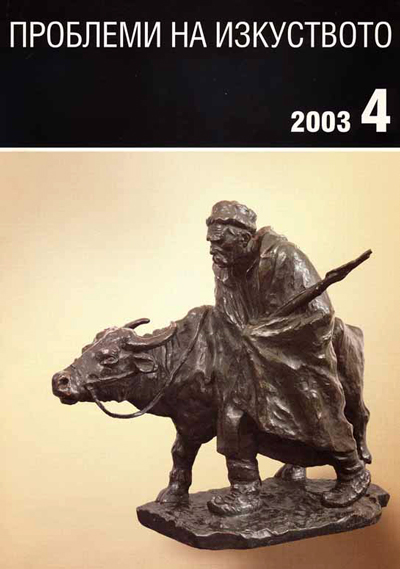
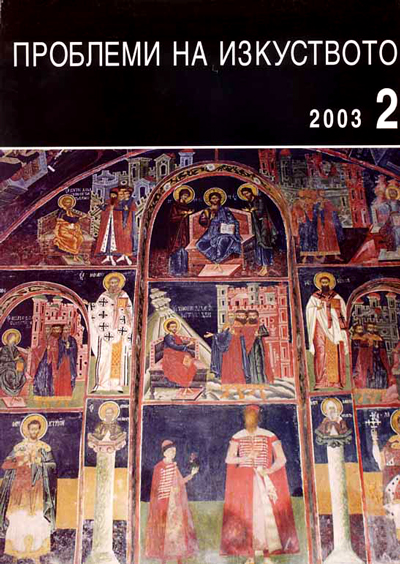
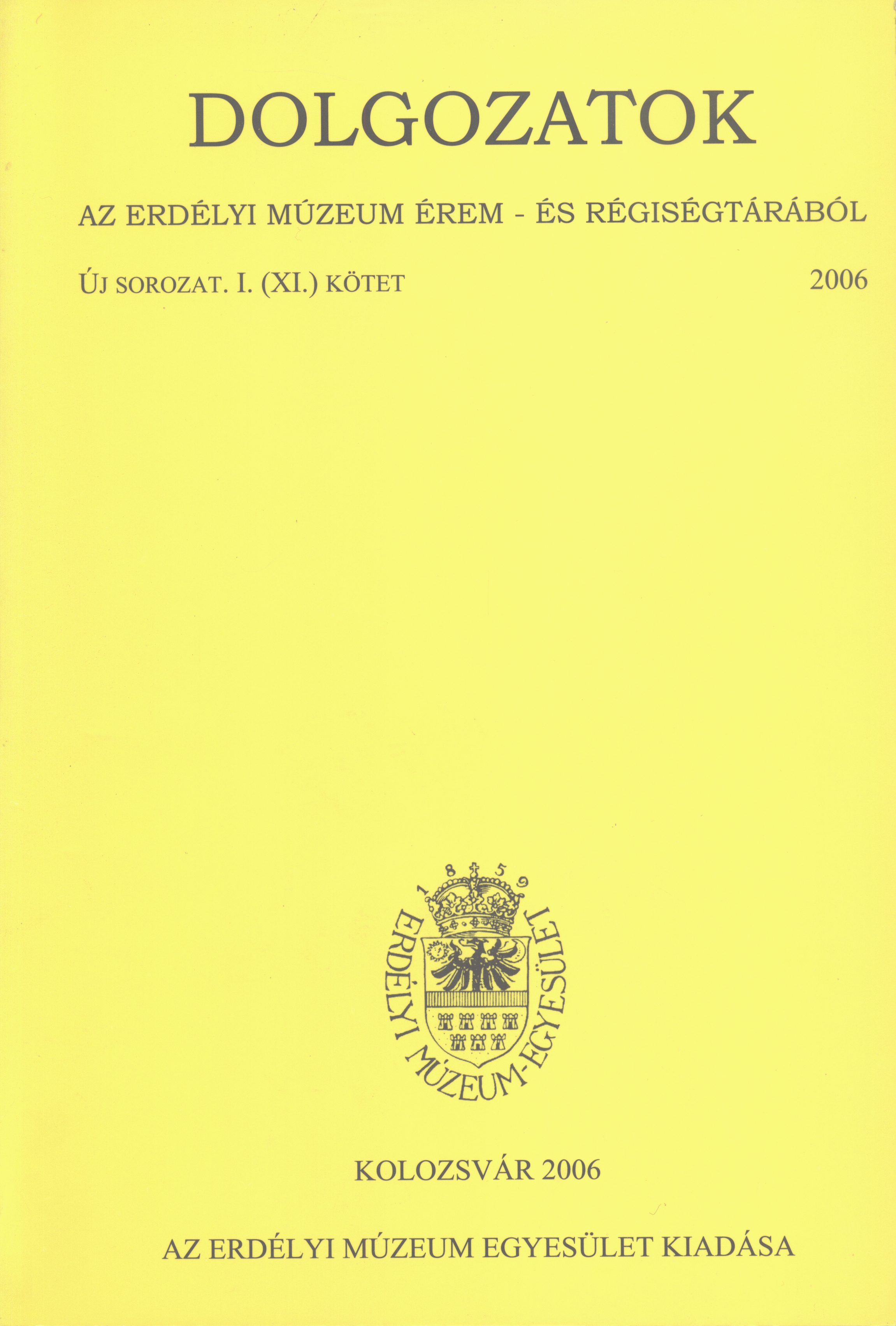

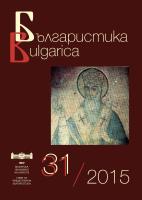
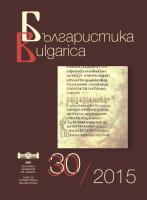
Content of the main Bulgarian scientific journals for the current year in linguistics, literature, history, folklore, ethnography, archeology and art studies
More...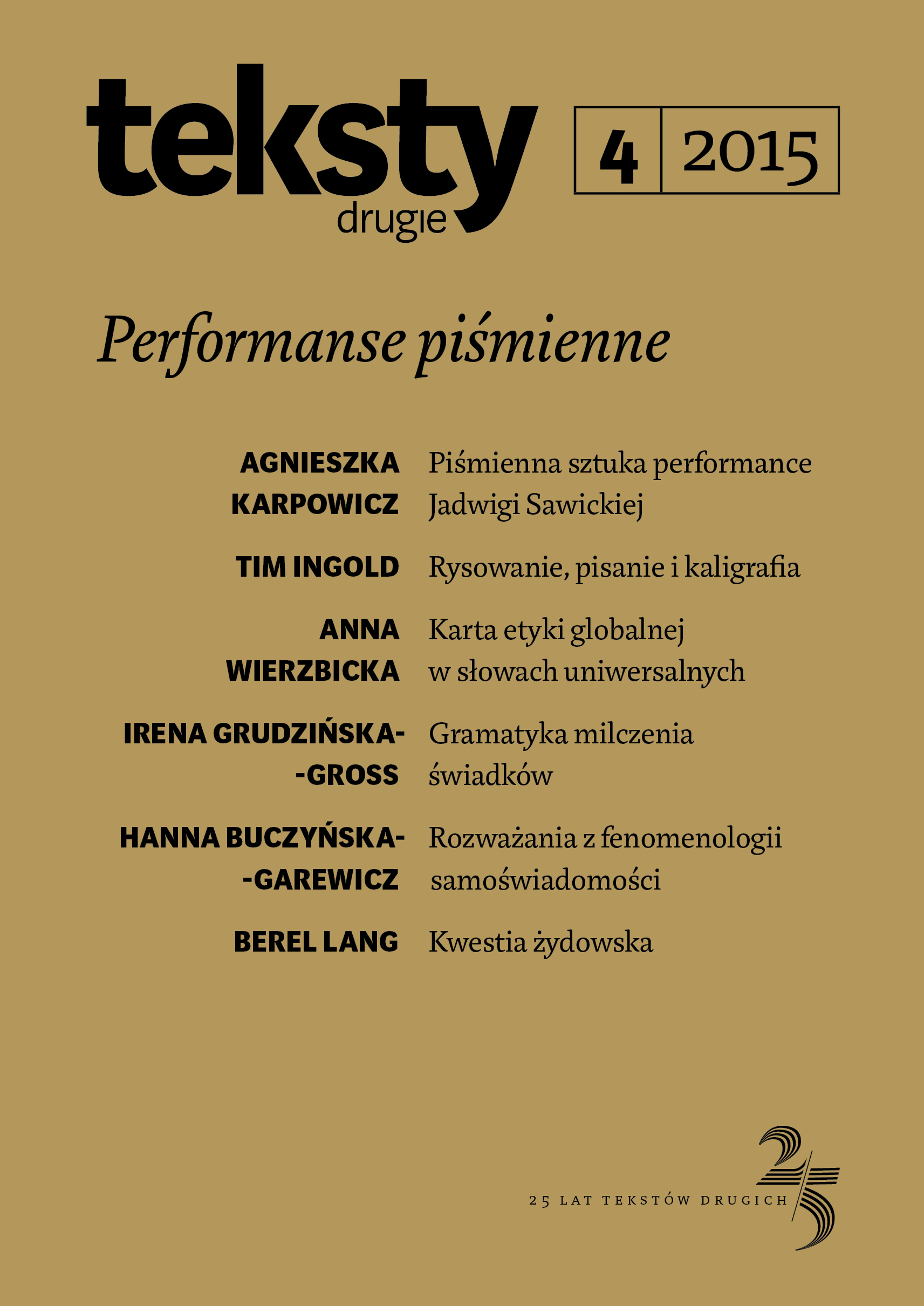
In this article Sikora examines what role the writing down of the law played for the Philomath Society. She focuses on the process of formulating the law and the norms regulating communication within the group. Basing her analysis on their correspondence, protocols, successive drafts of the law, etc., Sikora suggests that the behavioural formalization constituting the Vilnius students’ secret organization was accomplished principally through a regulation of writing practices. The very process of formulating the law aimed at creating a bureaucratic disciplinal system that would guarantee the founders’ influence. Exploring the contradiction between the Society’s declared values their accepted protocol of communication, Sikora also asks in how far members would have internalized the ambivalence of their protocol.
More...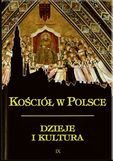
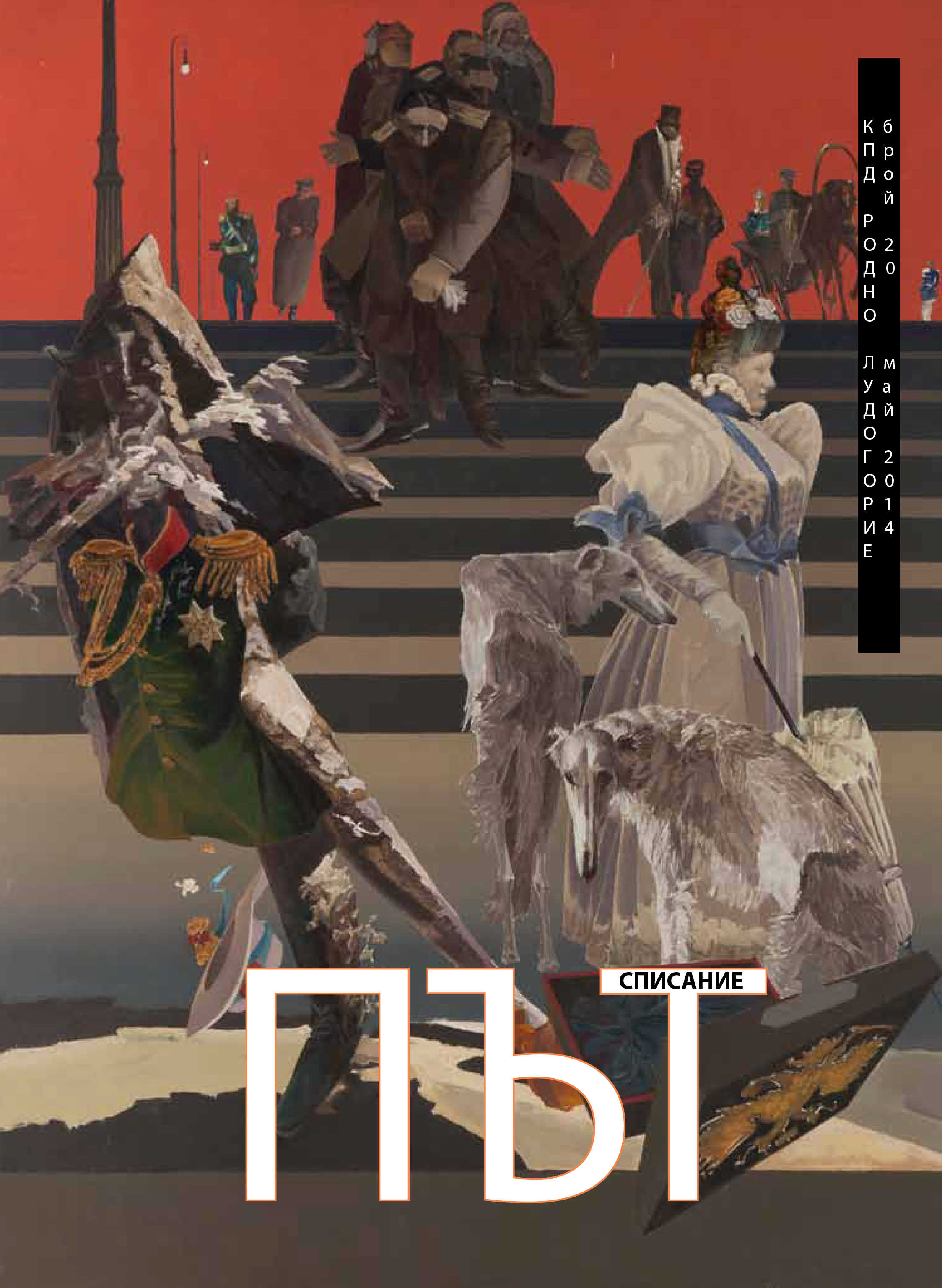
In this article Prof. Palangurski is reviewing the political history in modern Bulgaria - from the Liberation in the late 19th century till early 20th century.
More...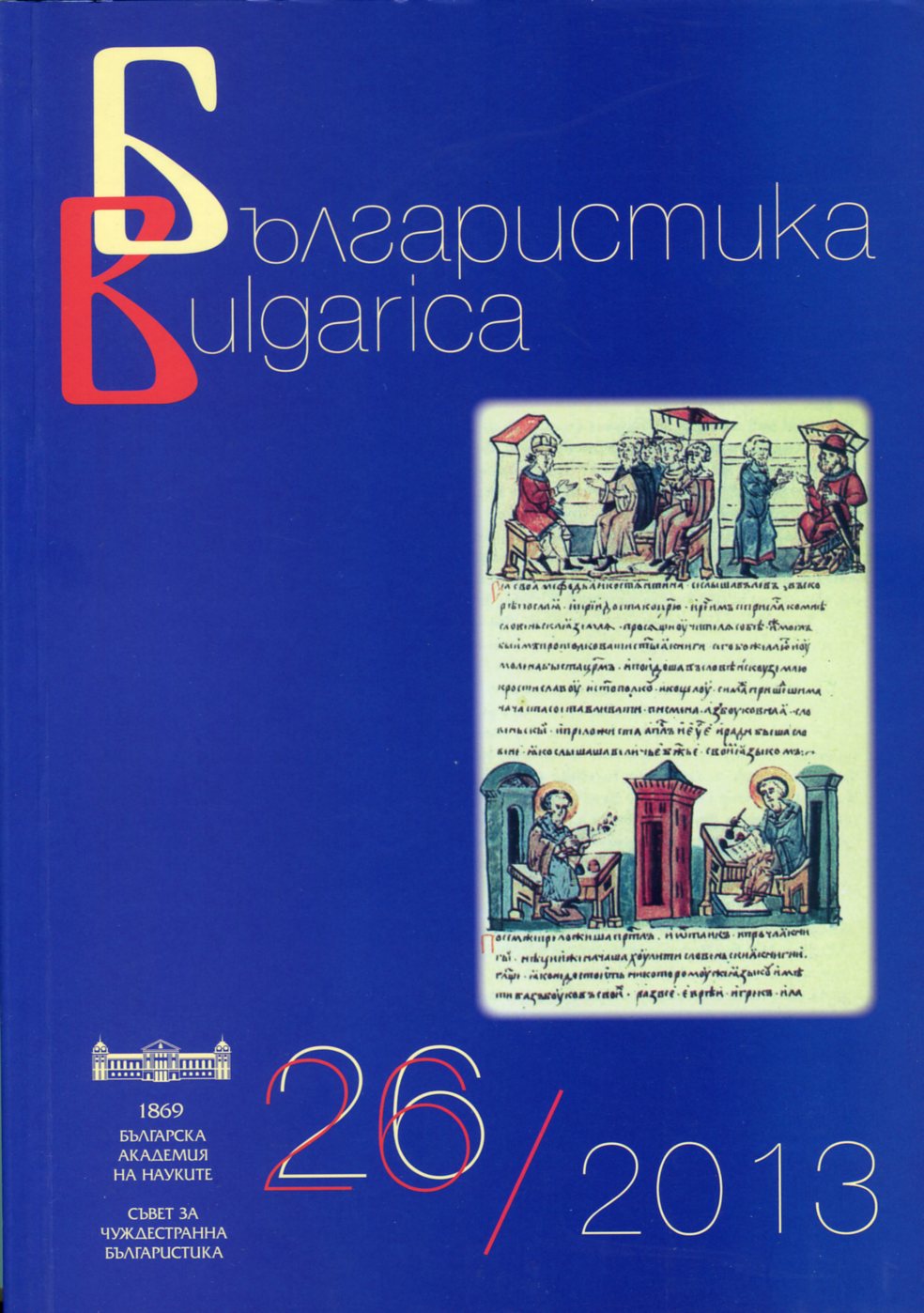
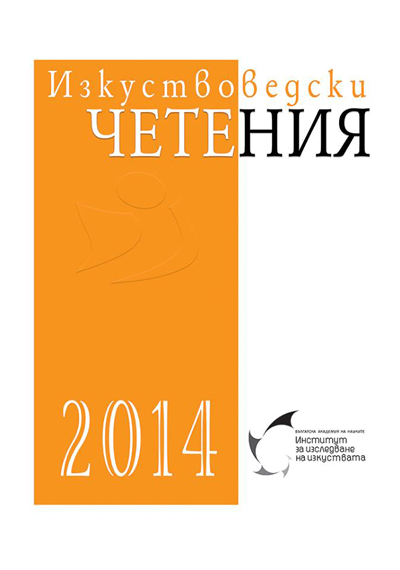
Hands language as a means of expression in rhetoric and fine arts, the rules of which were presented mainly by the Roman authors Cicero and Quintilian, continued to stir interest over the seventeenth and eighteenth centuries and strongly influenced artists and their iconographic reference points. English physician and rhetorician John Bulwer (1606–1656) devoted a few of his significant works to studying of the human gesture system, offering over 120 chirograms (types) of particular meanings. Spanish mathematician Juan Caramuel (1606–1682) studied the rhetorical wealth of chirologia, defining it as a major means of human communication. Hand gestures with fingers locked together is traditionally deemed to be a Christian prayer gesture, where palms are pressed together with fingers straight pointing up. In fact, the locked together fingers, known as early as the Antiquity, unlike the prayer gesture that emerged as late as the late medieval period, designated something else: a moment of deep sadness and suffering reflecting the strong tension of the mind. French artist Georges de La Tour uses this gesture as a basis for reflection on the vanity of worldly goods. Thus the position of the hands played the role of both a plastic device and an iconographic symbol.
More...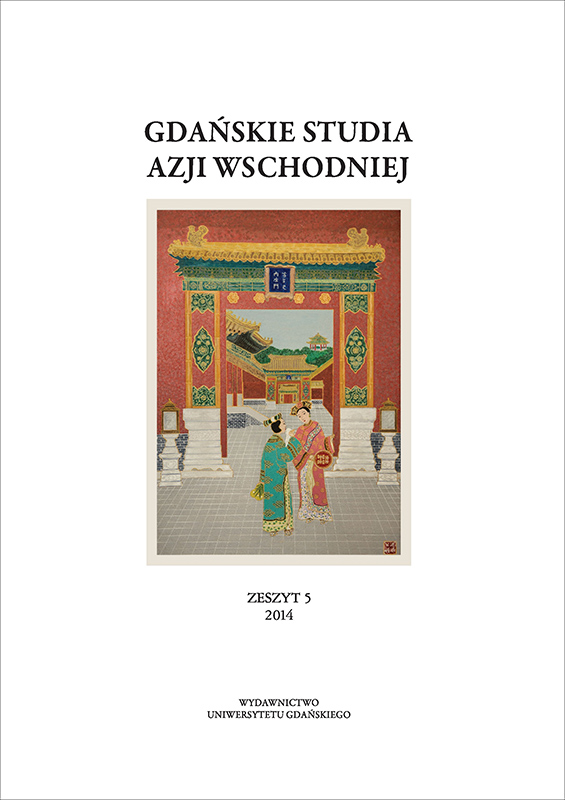
The article describes the history of Polish relations with China, starting from the end of the 13th century to the end of the 18th century. It focuses mainly on political and economic relations, but it refers to the civilizational and cultural relations as well. The Author omits, already quite well analyzed, issues concerning the Jesuit and Franciscan missionaries in China. The Author mentions the Battle of Legnica on Dobre Pole on 9th April 1241, which should be considered as the first contact between the Poles and the Mongols. The Author mentions diplomatic mission of the Franciscan Benedict the Pole who on 22th July 1246, as the first Pole, reached Karakorum in Mongolia. However, the most part of the article concerns the attempts to find a simpler way to China through the lands of Moscow, which has failed, and even in the 12th century, the Poles used the sea route or traveled through Persia. The article highlights the efforts of missionaries and diplomats in that matter. As the most interesting issue in Polish-Chinese relations in the period until the end of the 18th century, the Author indicates an attempt to establish direct relations between the king Jan III Sobieski and the Chinese emperor Kangxi. Jan III Sobieski after the victory over the Turks at Vienna has sent one of his portraits to the emperor’s court, who accepted the gift and has responded writing him a letter. Moreover, in the 18th century, not only the king Jan III Sobieski, but also merchants, middle-class bourgeois and landowners possessed Chinese products, especially Chinese porcelain.
More...
Nasiłowska discusses encounters with the East as portrayed in late-nineteenth and early-twentieth-century Polish literature, focussing on Wacław Sieroszewski and Antoni Ferdynand Ossendowski. Experiences of forced settlement in Siberia, or of finding oneself in Asia as a consequence of historical circumstances, gave rise to a literary trope that anticipated such academic fields as cultural anthropology or international relations. As a rule, Polish writers did not identify with the Imperial (in this case mainly Russian) point of view. Their chances of survival depended on cooperation with various indigenous national and ethnic groups, and on accepting their own cultural difference. This is not to say that Polish culture was not Eurocentric, as is evident from incidents of anti-Chinese sentiment. Nonetheless, Polish writers painted a complex picture of Asia. Although the Russian Revolution hampered their curiosity and exploration, echoes of their earlier experiences were heard until the late 1920s.
More...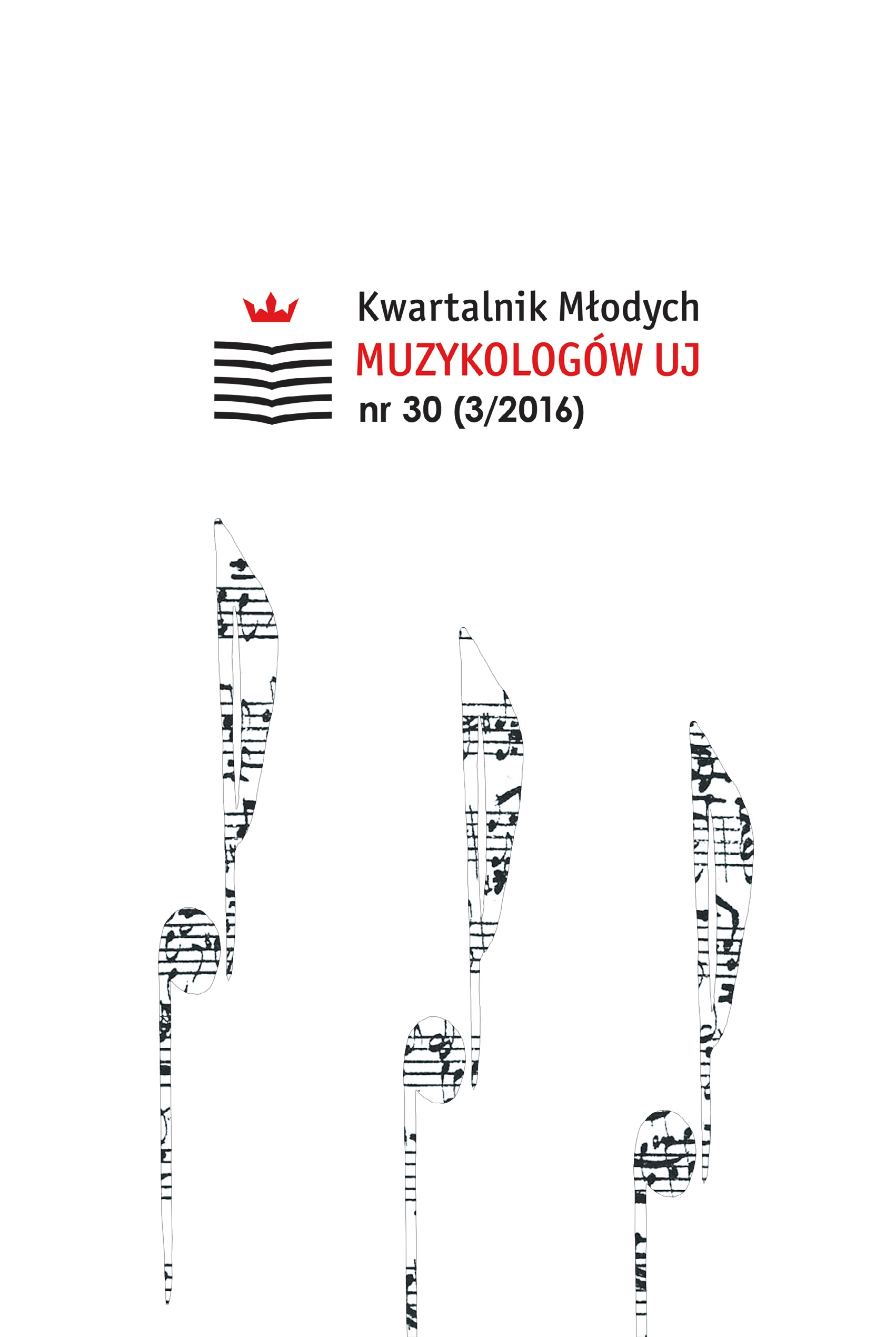
Rhetorical figures and rhetorical strategies in The Minotaur by Harrison Birtwistle The Minotaur is the opera composed by Harrison Birtwistle to libretto by David Harsent. It was premiered in 2008 in Royal Opera House, Covent Garden. Birtwistle’s musical language is basically modernist: atonal, centralised, based on interval or number patterns, pre-compositional operations, scales invented by the composer himself. His music is recognised as generally intellectual and connected with great avantgarde of 20th century. On the other hand, Birtwistle has never denied expression in his pieces. Titles and extra-musical inspirations are common (i.e. Melencolia 1). Birtwistle is inspired by music of the Middle Ages, Renaissance, and, less often, Baroque. The score of The Minotaur is full of rhetorical figures: both hypothyposis and emphasis. They are evident and immediately recognised in spite of contemporary, atonal language of the opera. Mostly, they are inspired by Baroque musical-rhetorical figures but there are examples of individual, contemporary means. Figures are local and connected with only one or few words. General atmosphere of fear and isolation can be created with ‘rhetorical strategies’, which are active much longer than figures. Birtwistle uses musical symbols as well. There are two main symbols in The Minotaur: the iambic ‘glissando gesture’ which opens the opera and appears in its key moments, and the ‘motif of fate’ – repetition connected with powers of fate and with tragic irony. The question is, why Birtwistle used so traditional and instantly recognisable means, as he is known for his highly intellectual music. Answer given in this text is that they stay in service of narration. They are audible and visible signs of telling the story.
More...
The article presents the main types of synonymous prepositions in the Russian literary language of the first half of the 19th century. The author provides the examples of each type based on literary texts of the period under consideration and in accordance with the existing scientific classifications. The paper reveals such trends in the development of prepositional synonymy as the flexibility of the rules of using morphological synonyms and the stylistic reassessment of the components of synonymic rows.
More...
The article studies semantic development of Russicisms borrowed by the Persian language in the 19th–20th centuries. Based on the analysis of Russian and Persian lexicographic resources (including dictionaries of foreign words, explanatory and etymological dictionaries, and Internet data resources) and using the method of continuous sampling, around 300 lexical units have been revealed. Two structural and sematic types of Russian borrowings are described: 1) Russicisms the meaning of which undergoes no or insignificant changes when borrowed from the source language; 2) lexemes the semantic structure of which undergoes quantitative, qualitative or categorial changes in the Persian language.
More...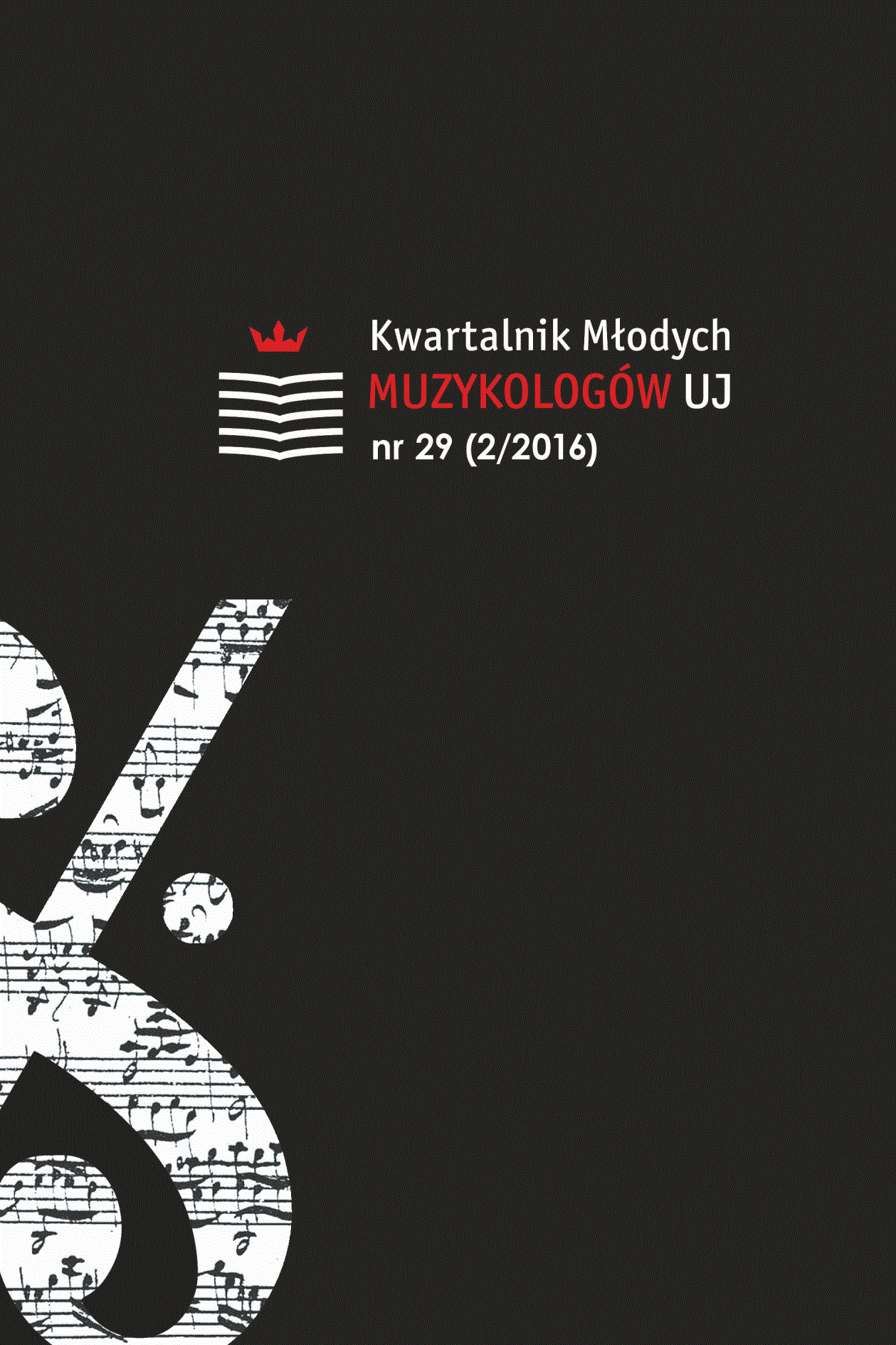
The article describes the group of seventeen early English prints from the second half of the 17th century. The prints are part of the collection of the former Preußische Staatsbibliothek in Berlin kept in The Jagiellonian University and contain ayres and religious songs. Fourteen of them were published by John and Henry Playford. The first part of the paper shows the biographies of the publishers and brings the state of research on their work. The second part includes the detailed description of the seventeen of early English prints. The final part presents the content of the prints and biographies of its most important composers.
More...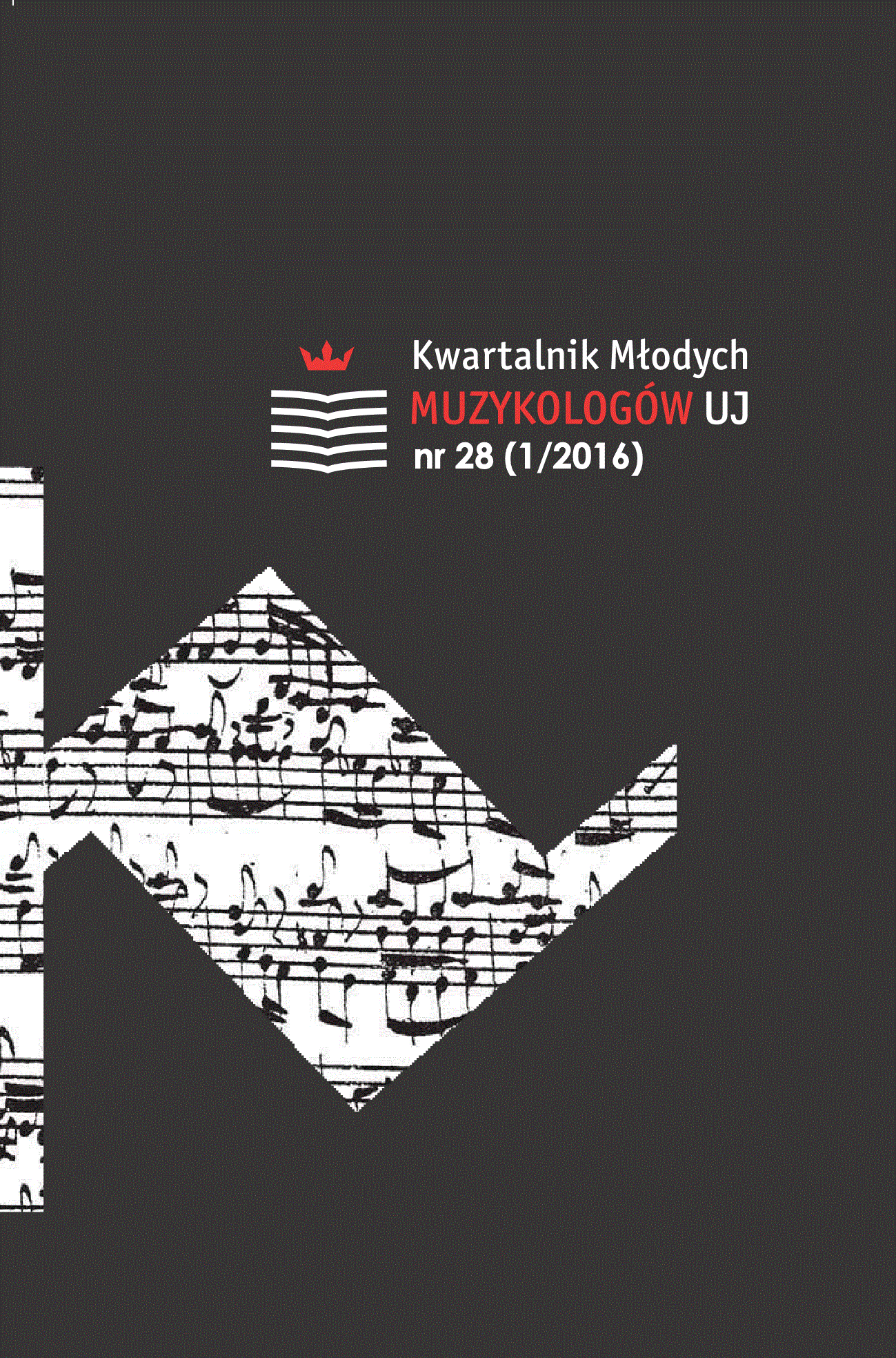
The music of Polish composers of the Romanticism is still quite a forgotten and undiscovered area. One of the examples of that issue are the works of Joseph Poniatowski (1816–1873), a composer who spent a significant part of his life abroad. His work concentrates mainly on the opera music, which was largely dictated by the environment from which he descended and in which he stayed. The purpose of this article is to draw attention to one of the composer’s forgotten works – Mass in F major, and also to presently selected topics related to this work.
More...